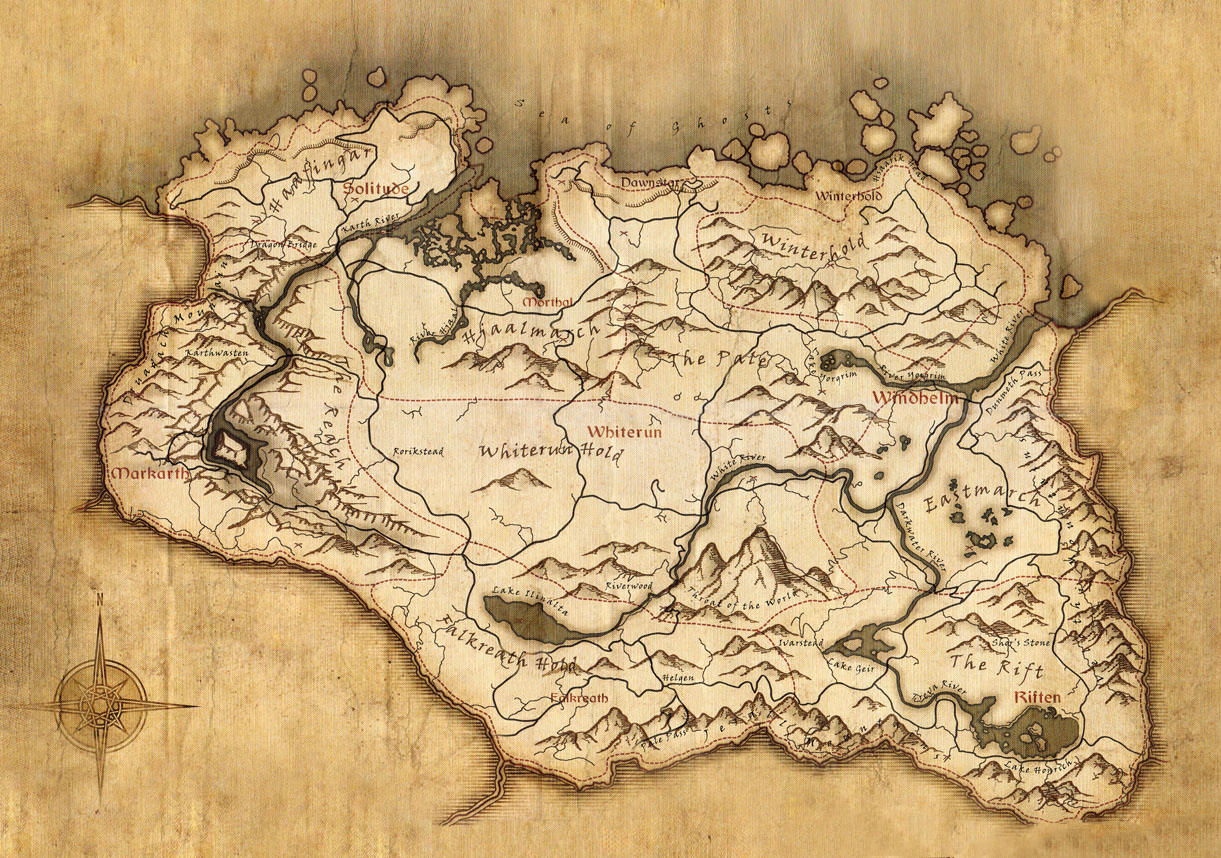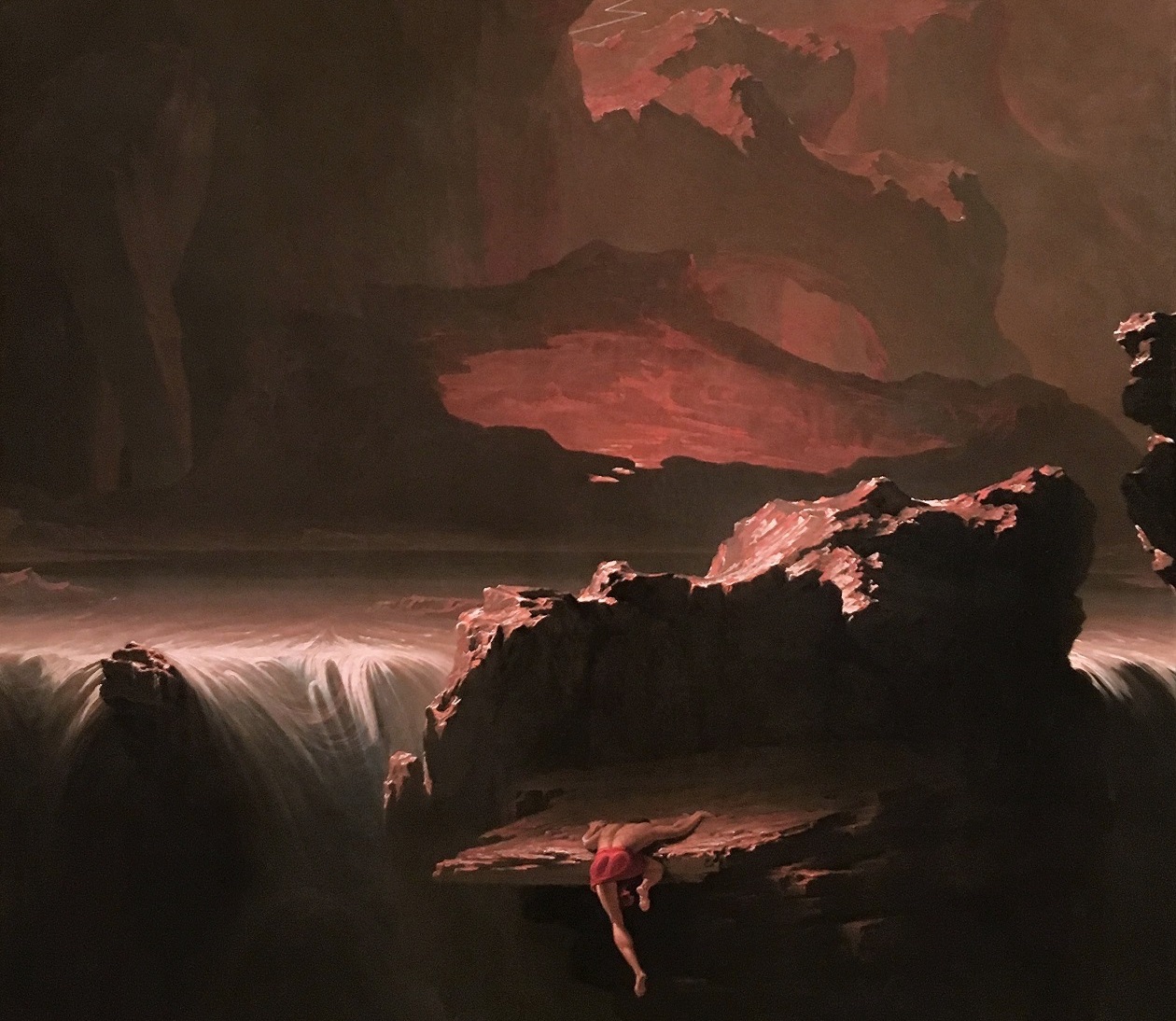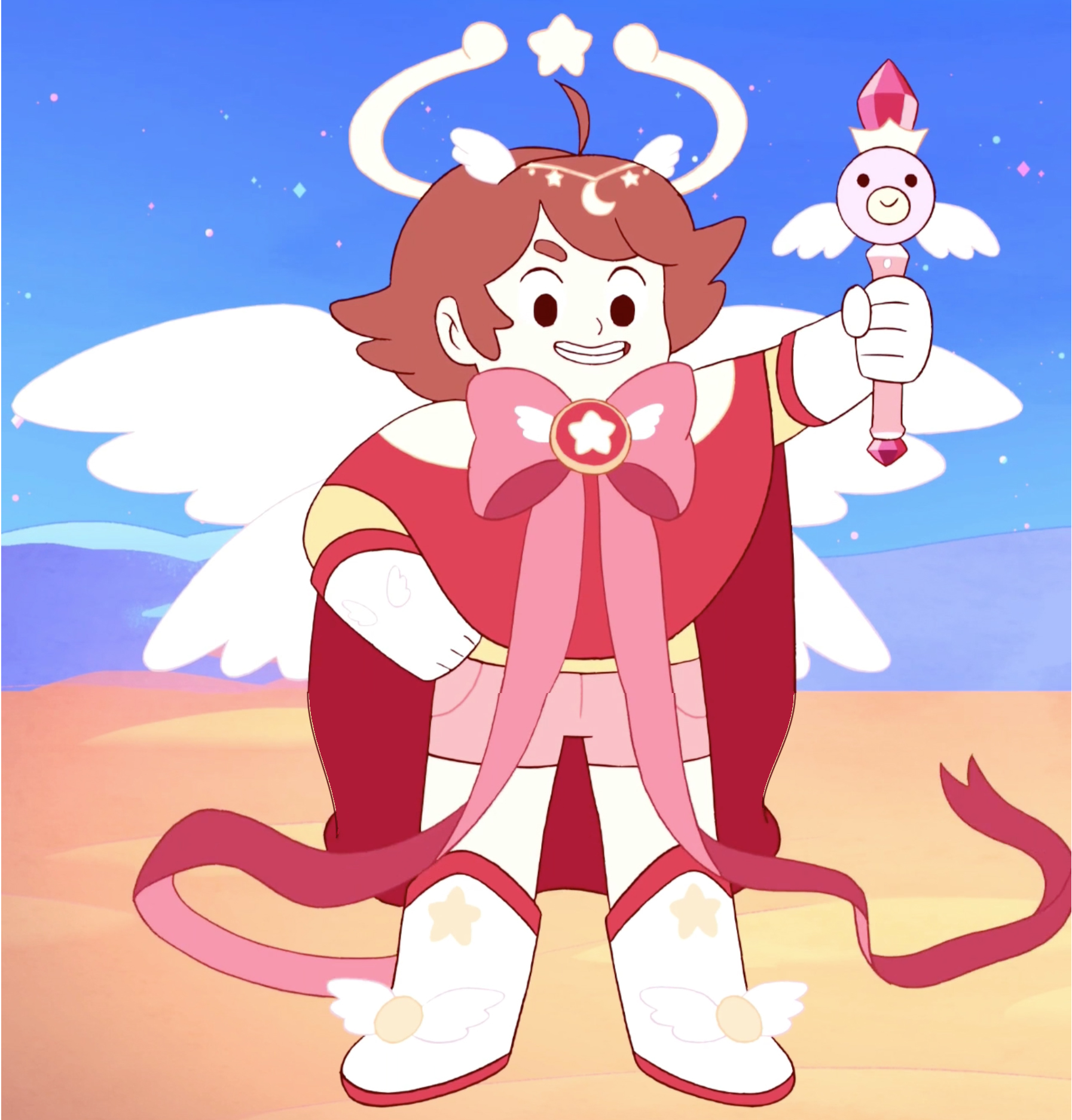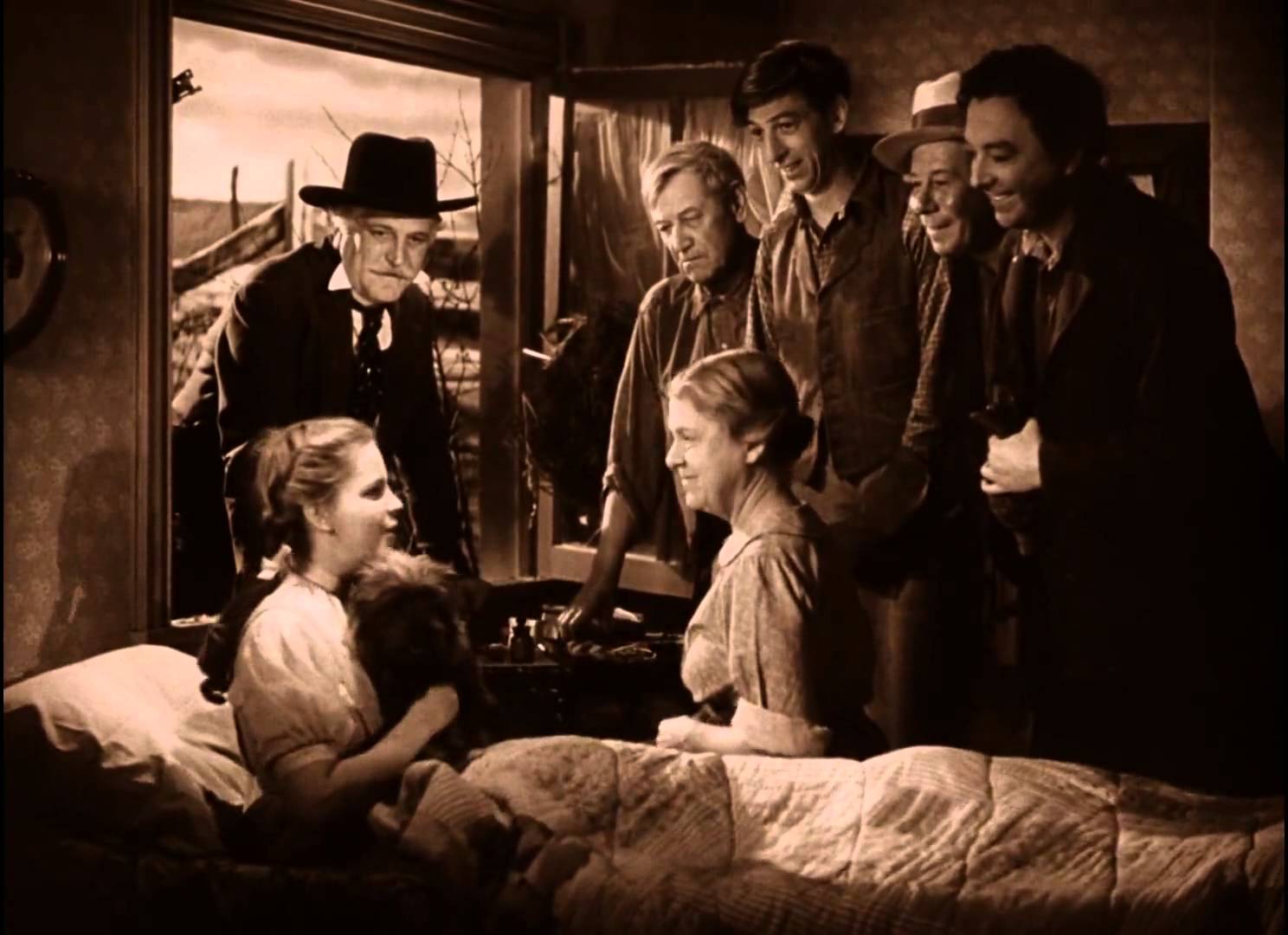Open World Journey: A Proposal
I love open-world games, but the more of them I play, the more I find myself longing for an experience that they never quite manage to deliver. The promise of that experience is always there early in the games; it usually hits me just after the tutorial segment ends and the game designers finally let me run out into their lovingly crafted wonderland. The first sight of Castle Town’s drawbridge across Hyrule Field. The glare of sunlight off the irradiated Capital Wasteland. Reaching the Daytower at the edge of the Embrace for a first glimpse at the impossibly vast desert beyond the mountains. In those moments, the call to adventure is irresistible. I can’t wait to find out what incredible wonders—and dangers—lie ahead.

The challenge of designing an open-world game lies in maintaining, or renewing, that emotion in the player. Some games attempt this by locking off large portions of the map until the player reaches certain story milestones, e.g. Assassin’s Creed, Grand Theft Auto and Red Dead Redemption. Other games try to keep the player’s interest through sheer volume of game content, like most Ubisoft games with their huge number of collectible items. Sometimes the developers attempt to extend that content indefinitely through procedural generation, like Minecraft, No Man’s Sky, and Skyrim’s Radiant Quest system.
The most compelling open-world games take a layered approach: on the surface is a nice reasonably-sized quest that hits all the major areas in the map in a manner that feels organic, and then ends at a point where the more casual players feel satisfied moving on. The players who enjoy the world enough to revisit areas and chase down sidequests will peel away that top layer and find all the little hidden details that were just out of sight: interesting characters and side stories, extra world-building, and most likely a few fun items that can mix up the gameplay a bit once it’s gotten stale. These games hook you with their vastness, but keep you coming back with their density.
And yet, no matter how hard they try, these games will never quite manage to recapture that inital rush of anticipation. They all have the same problem: the maps are shaped like a square.

These games provide an adventure—but what they don’t provide is a journey. Journeys are not shaped like a square. A journey has a starting point, a goal, and a whole bunch of detours and diversions along the way—but no matter what, it always has a direction. The heroes try to move forward, and other forces try to push them back. A journey, I’ve realized, is what I really want one of these games to provide.
I’ll admit this is an odd request. There are plenty of games—thousands of them in fact—that offer a linear experience almost exactly like I’m describing. Most traditional RPGs follow this pattern. Even Super Mario Bros. 3 does. The whole point of open-world games is that they don’t force the player along a set path. Why do I want less freedom and more constraints?
I don’t. I don’t want the game to force me to follow a linear path. I want it to convince me to do it. I want to be so tempted by the path of the quest that any time I wander away, I’m quickly compelled to return. And I want it to feel monumental enough that the farther I go, my will to press forward only grows stronger. I have to make it to the end…I’ve already come so far…

In other media, at the end of a heroic journey, the heroes are usually beaten down nearly to the ground. Think of Frodo and Sam struggling up those last steps to Mount Doom, or Littlefoot in despair at his apparent failure to reach the Great Valley. In video games, the opposite is usually true. You generally march into the final boss’ lair with ten times the health and attack power you started the game with, a hulking set of armor, a small arsenal of powerful weapons, and anywhere from 20 to 60 hours of experience mastering the rhythms and quirks of the game’s combat. Even if the final boss is incredibly challenging, it’s rarely daunting. You know what to expect and you know how to handle it. You’re a pro.

In open-world games, this feeling of confidence is even stronger, because by this point you know the lay of the land. Instead of a long voyage, the experience has been more like moving into a new city. In the beginning you were disoriented, excited, and intimidated by the unfamiliar surroundings, but now you know where all your favorite shops are, and the quickest routes to get between them and your work. You’ve met your new neighbors and know exactly who you want to spend time with. You can move around the space efficiently and comfortably to get whatever you want at any given moment. There’s nothing wrong with this feeling, of course, and it’s what many players love about these games. The Animal Crossing and Harvest Moon series, among others, are built entirely around this sense of settling in to a neighborhood. But it’s pretty antithetical to the experience of an epic journey.
I want to feel worn-down and raw as I reach the end of the game. As I face down that final fortress, or tower, or space anomaly, I want to feel just as intimidated as when I faced my first battle. I want to have to reach deep down and call on all the strength and knowledge I’ve gained in order to take those last steps forward. I want to feel brave—and you can’t feel brave unless you feel scared.
And when I finally defeat the last challenge, I want the trip back to be a relief. Joyful, even. Like I’m really going home.

I’m confident a game can deliver this kind of experience. And I’m convinced an open-world game can actually do it better than a traditional, linear game. In my next post I’ll outline one hypothetical game that demonstrates how.